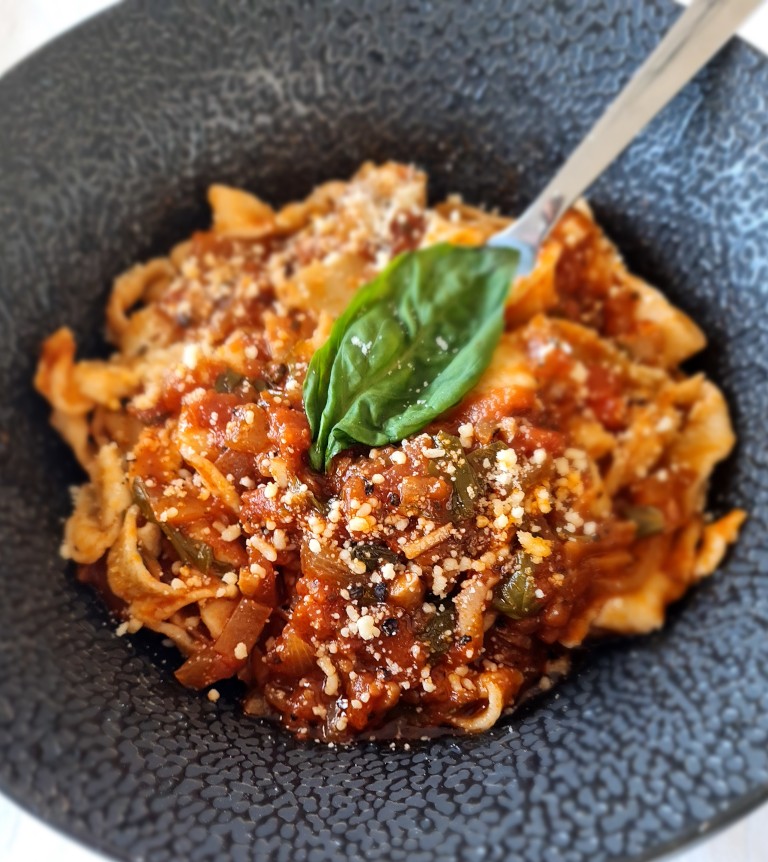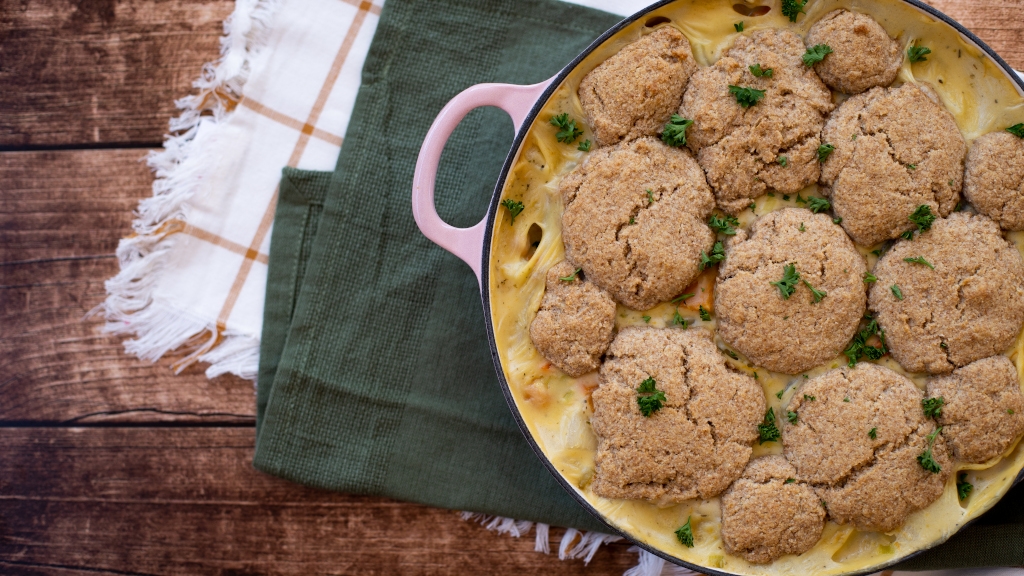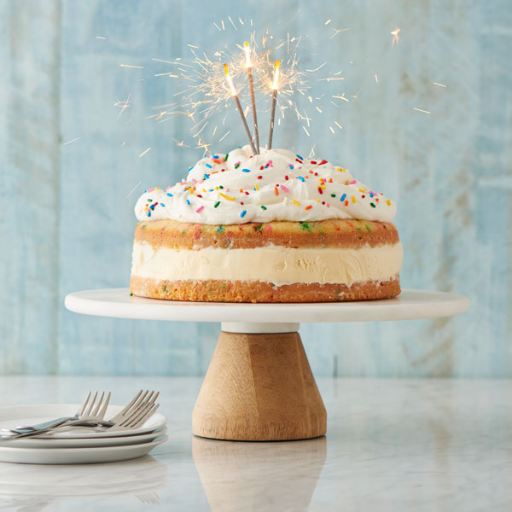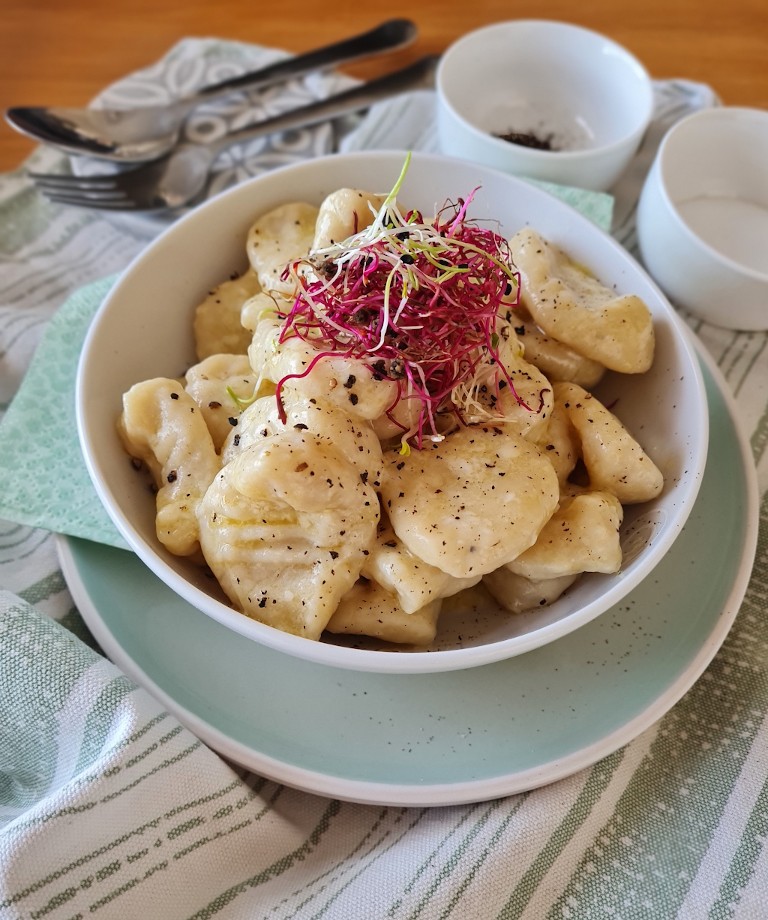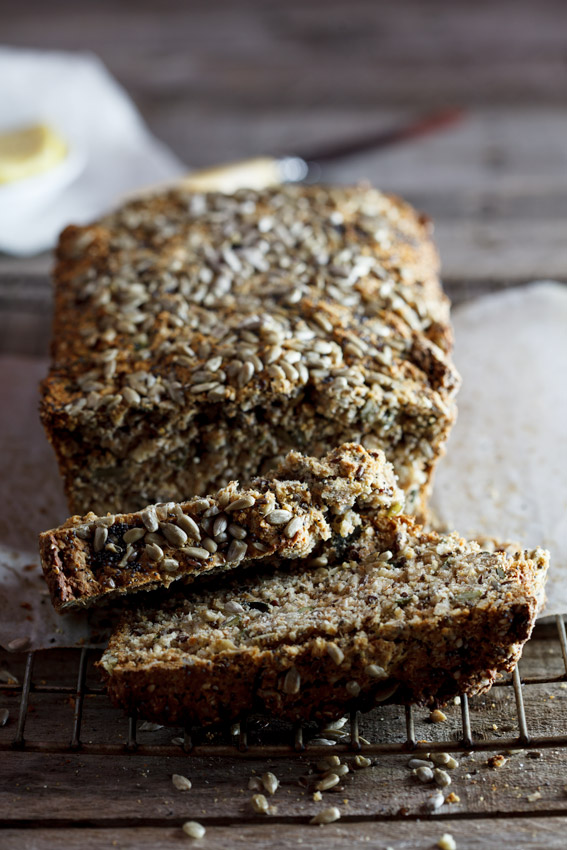There’s nothing as satisfying as slicing into a beautifully extra flaky pastry dough recipe—layers so delicate you can practically see them, with a buttery crunch on every bite. This version uses stone-ground flour, giving the dough a rich flavor and a texture that rivals professional puff pastry.
The secret to flaky pastry lies in snowfall-like layers of cold butter and crisp dough folds. We start by grating frozen butter or cutting it into chunky cubes, then dusting them into flour. This creates distinct pockets of fat that turn into steam during baking—dozens of tiny air pockets that make your pastry puff up and crackle. To help master this, you’ll repeat folding and rolling, a technique borrowed from laminated dough methods that produces visible layers mollyjwilk.com+4Bon Appétit+4smitten kitchen+4Wikipedia+3EatingWell+3Bon Appétit+3Southern Living+1.
Keeping ingredients cold is just as important. Use icy water, chill your tools, and rest the dough between folds—this prevents the butter from melting too soon and keeps your layers sharp and defined Bon Appétit.
For visual learners, Bon Appétit offers excellent step-by-step instructions on folding pastry to create flaky layers—highly recommended for mastering technique.
This flaky dough is perfect for everything from pie crusts and tarts to turnovers, vol-au-vents, and savory galettes. The best part? You don’t need special equipment—just cold hands, good timing, and stone-ground flour that adds both texture and depth.
Get ready to impress everyone with pastry that’s as beautiful to look at as it is delicious to eat.
Ingredients
- 1 1/2 tsp sugar
- 3/4 tsp kosher salt
- 1 1/3 cups (180 g) Gideon Milling Cake Wheat Flour, plus more for surface
- 3/4 cup chilled unsalted butter
- 4 tbsp ice water
Method
-
Whisk sugar, salt, and flour in a medium bowl.
-
Cut butter into 6 rectangular pieces. Toss butter in dry ingredients to coat, then dump the mixture out onto a work surface.
-
Use a rolling pin to flatten flour-coated butter into sheets that will puff into layers when baked. Roll butter into the flour until it is in long flexible strips, using a bench scraper to scrape butter off rolling pin or surface as needed.
-
Use a bench scraper to gather the mixture into a loose pile, then drizzle ice water over.
-
Using your hands and the bench scraper, toss mixture until the water is distributed, then gather into a rectangular pile.
-
Roll out dough to a long rectangle with short ends about 20 cm wide, then use a bench scraper to fold the dough into thirds, like folding a letter. It will be very crumbly and loose; don’t panic. This turns the floury mass into a cohesive unit while creating flaky-making stacks of fat and flour.
-
Using bench scraper to help, turn rectangle 90° and repeat rolling and folding, gathering loose bits of dough from outer edges into the center and flouring surface as needed. Repeat rolling and folding a third time. The dough should be somewhat homogenous and creamy-looking with some dry bits around edges. Squeeze a bit in your palm; it should loosely hold together. If not, repeat rolling and folding.
-
When the dough is ready, wrap the folded dough in plastic, then press it into a compact disk about 2.5 cm thick.
- To freeze the pastry dough for future use: Transfer to a resealable plastic bag and freeze up to 3 months. Thaw overnight in the refrigerator before rolling out.
Image and recipe (adapted) by Carla Lalli Music.

